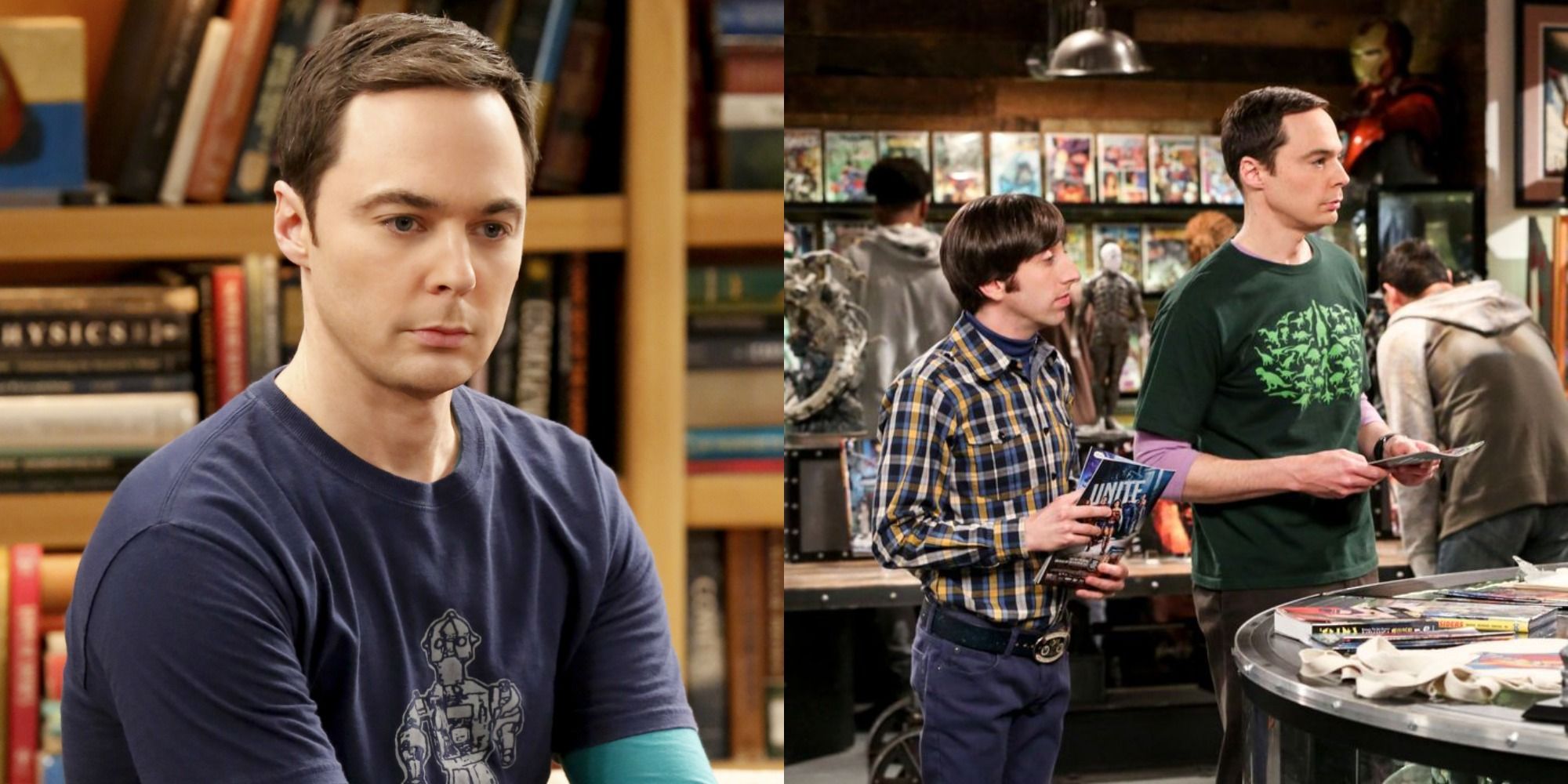
More Than Just a Seat on the Couch
If you’ve watched even a single episode of The Big Bang Theory, you know about Sheldon Cooper’s spot. It’s the “single point of the couch” that provides optimal television viewing, cross-breeze exposure, and a perfect angle for conversation—according to Sheldon himself. The moment someone else dares to sit there, a storm of neurotic protests inevitably follows.
On the surface, it’s a brilliant running joke. But as the series progresses, “Sheldon’s spot” becomes more than a punchline. It’s a window into his emotional world—one defined by control, fear, and a desperate need for stability.
The Psychology Behind the Seat
Dr. Sheldon Cooper is a character often defined by his intellect, but also by his social difficulties and obsessive-compulsive traits. His attachment to a specific place on the couch isn’t about comfort—it’s about certainty. In a world full of unpredictable variables (emotions, friendships, social interactions), the one thing Sheldon can count on is his spot.
This is especially clear when he explains the rationale behind it in Season 2, Episode 15 (“The Maternal Capacitance”). To most people, it sounds like overly rationalized nonsense. But to Sheldon, that seat represents a rare equilibrium—a place where chaos is minimized, and his sense of control is restored.
Childhood Clues and Emotional Anchors
Throughout the series, we learn more about Sheldon’s past. His childhood in Texas was difficult—he was misunderstood by his peers, emotionally distant from his father, and overprotected by his religious mother. The spot, then, isn’t just a physical preference. It’s a psychological anchor, rooted in the trauma of growing up without feeling safe.
When people mock or ignore Sheldon’s preference, he reacts with disproportionate anxiety. This isn’t mere stubbornness—it’s panic. He’s not just losing a place to sit; he’s losing a part of the fragile order he’s worked so hard to construct.
How His Friends Respond

One of the most beautiful things about The Big Bang Theory is how Sheldon’s friends respond to his quirks. Initially, they’re annoyed. But over time, they respect the spot—not because they believe in its science, but because they care about Sheldon. Penny, especially, learns to navigate around the issue with both sarcasm and sensitivity.
In this way, the spot becomes a symbol of their friendship. It’s a compromise they all agree to make—not because it makes sense, but because Sheldon matters to them.
The Moment Amy Changes Everything
One of the most touching moments involving the spot occurs when Amy Farrah Fowler moves in. Sheldon, initially resistant to change, insists on preserving his territory. But slowly, Amy begins to shift the emotional center of Sheldon’s world. In one episode, he even lets her sit in his spot—and the earth doesn’t explode. It’s a subtle but powerful sign of emotional growth.
In a later scene, Sheldon temporarily gives up the spot altogether while dealing with overwhelming change in his life, showing the audience how much he’s evolved.
Conclusion: The Heart of a Seat
What started as a neurotic joke became one of the show’s most quietly powerful metaphors. Sheldon’s spot wasn’t just a cushion—it was a sanctuary. And his gradual willingness to let others into that space marked his journey from rigid scientist to vulnerable human being.
In the world of The Big Bang Theory, even a piece of furniture can tell a love story—one about safety, growth, and the courage to let go of control.
